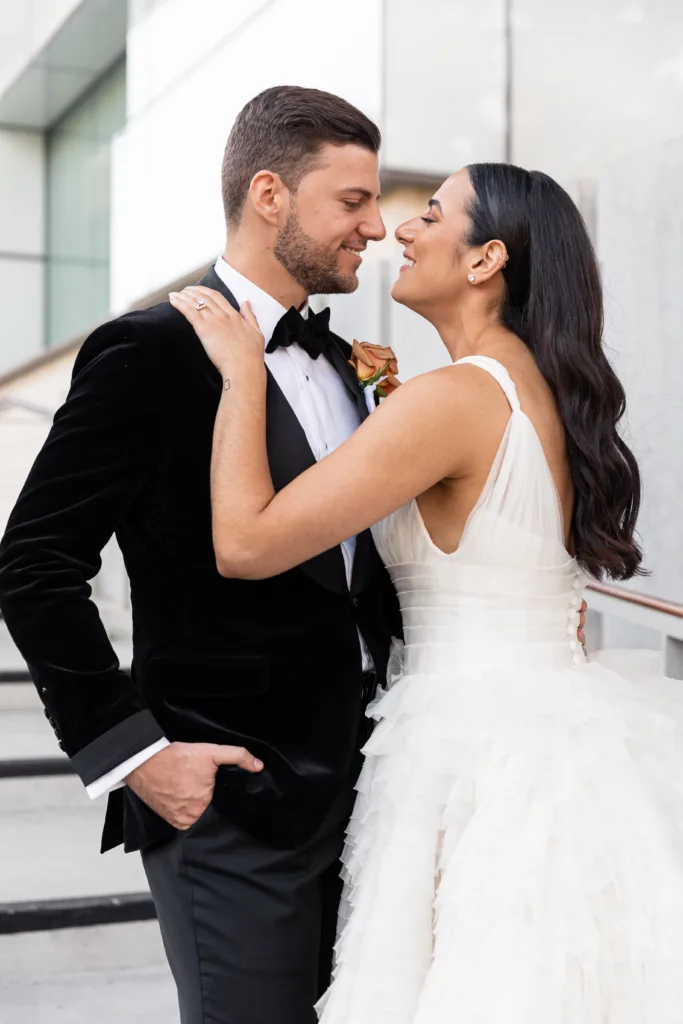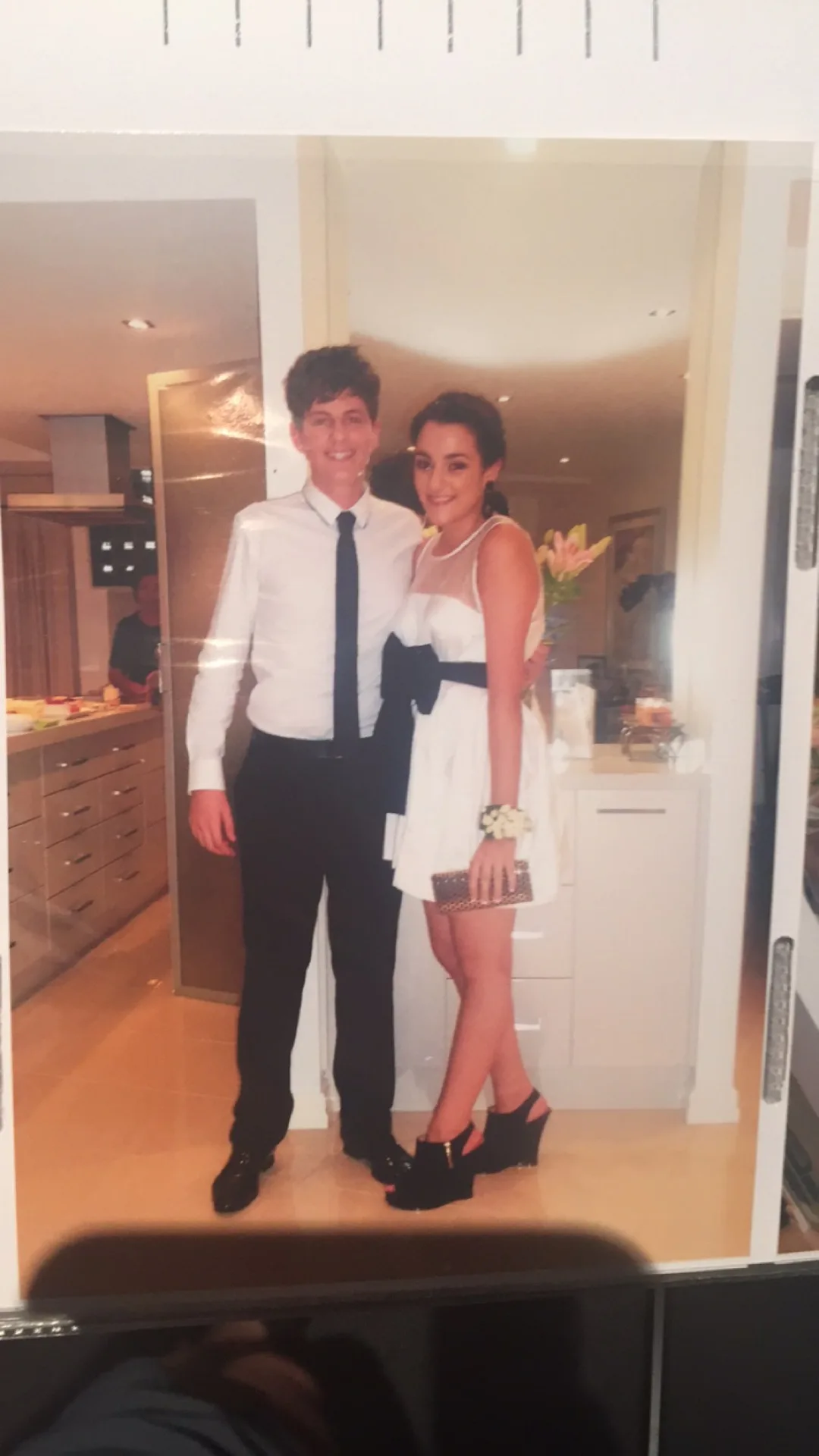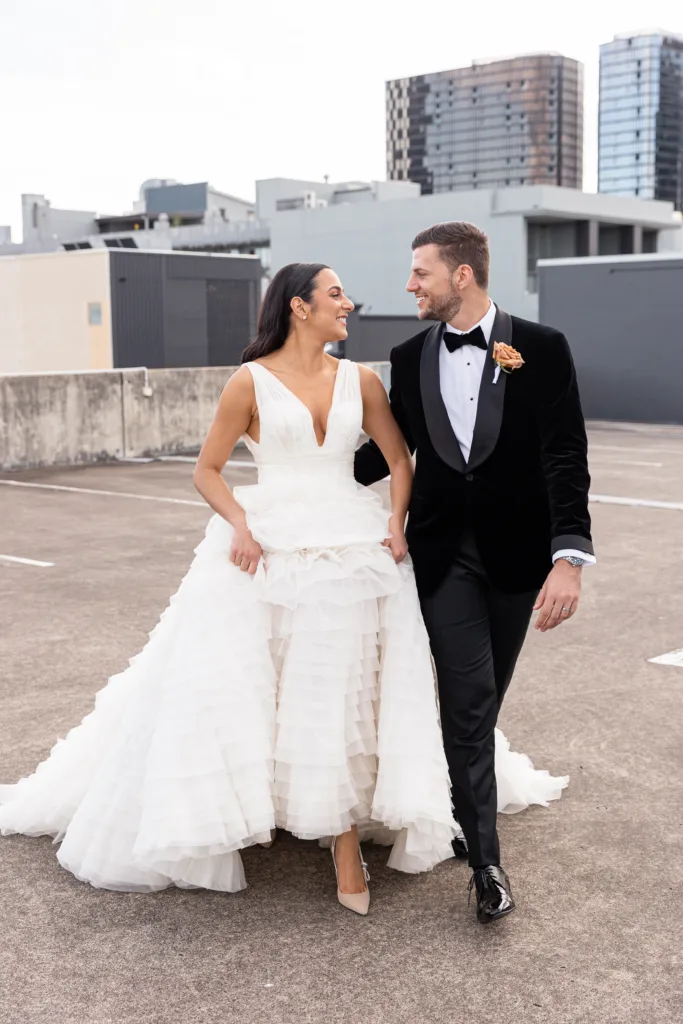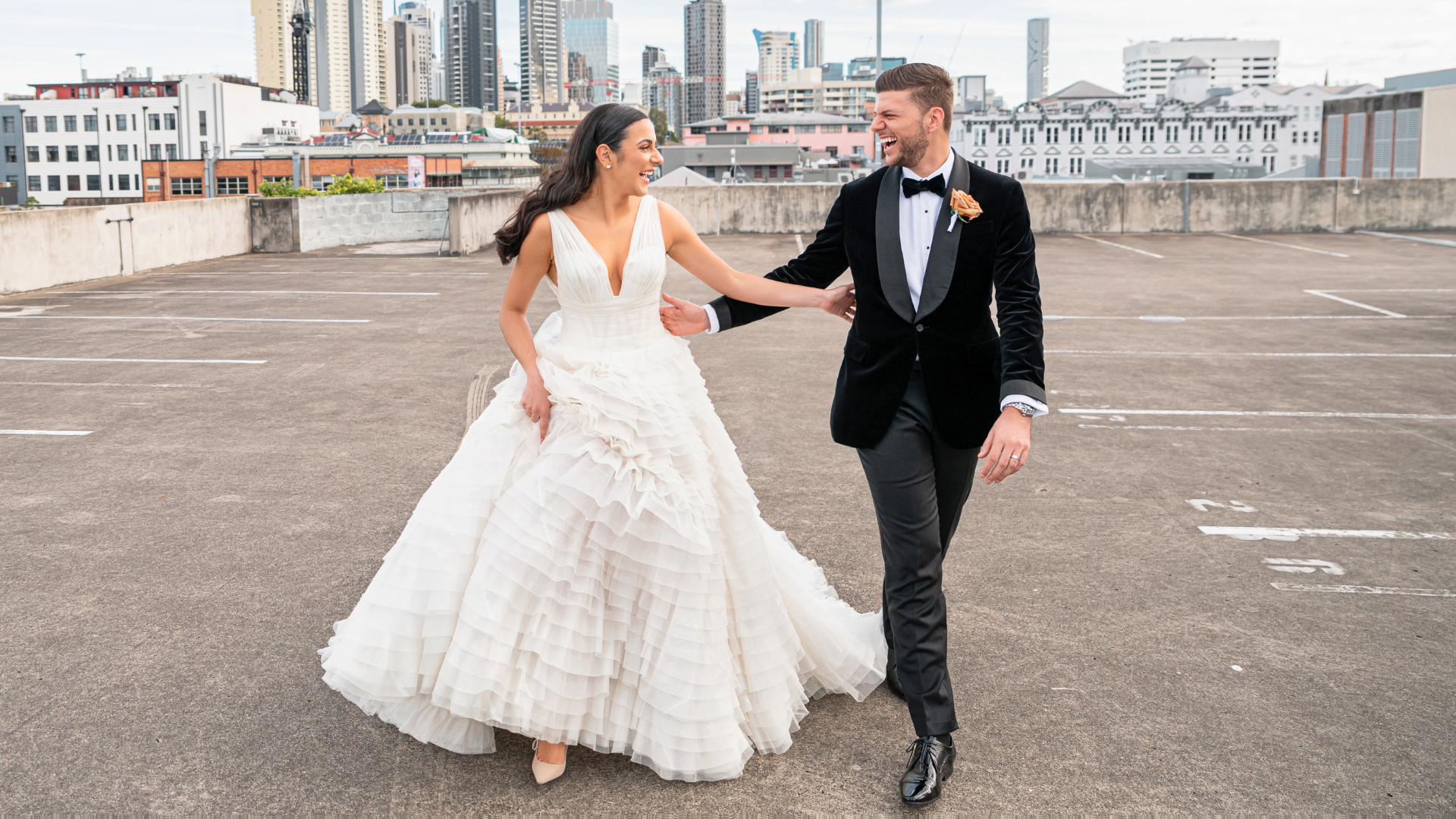By Stamatina Notaras
Traditions never really fade; instead, they go through metamorphosis. While the wants and needs of human beings change throughout the years, there is one that inarguably remains the same: the desire to love and be loved. And isn’t that a beautiful thing? It’s a welcome anchor in the whirlpool of life and a constant reminder that we’re not all that different, despite our many attempts to prove otherwise.
On our way toward the present day, love letters have been replaced with Instagram dedication posts, showing up with flowers at the door turned into “I’m here” texts, and standing outside windows blaring ‘At Last’ by Etta James from a boom box has morphed into trading Spotify playlists.
Yet, the most transformative step mankind has taken to date (apart from Niel Armstrong’s on the moon) has to be the one toward online dating. Where it was once two sets of parents talking over kourabiethes, mixed nuts, and Elliniko kafe (sketo) at the dinner table, with their prospects sitting in silence nearby, it’s now swiping right for ‘yes’ and left for ‘no’, knowing nothing about the person on the screen staring back other than that he’s an avid fisher who likes The Office and has two black labs.

So, when did it become ‘normal’ to meet up with a complete stranger yet ‘conservative’ and ‘old school’ otherwise? For example, when your aunty shoves a photo in your face of a “very nice boy from a good family” and her eyes say something her mouth won’t – “why don’t you marry him?”
Sitting with a friend at coffee the other day solidified the fact that while the traditional sense of an arranged marriage is a thing of the past, it seems to be showing up in other ways. He told me of a time when he was living in Melbourne and stopped into a Greek deli in Brunswick. While peering through the glass into the mounds of olives and spread of traditional Greek savouries, an elderly man behind the counter grabbed his attention. Apparently, he had a niece who was single, of similar age, and ‘perfect’ for him.
My friend graciously accepted his niece’s number and after a few text message exchanges, they decided to take it offline and meet face to face. Sadly, it wasn’t all fireworks and rainbows. It was merely a cup of coffee with someone he described as ‘boring’ (not like that’s ever killed anybody). But the point here is… proxenia is still out there – it’s just hiding in plain sight.

But while dissecting the modern-day metamorphose of arranged marriages, it’s important to clarify what they actually are and what they are indeed not. Relationship therapist Michelle Tsakas says, “My modern definition of arranged marriages is a formal introduction for two single individuals from families with similar culture, economic or social worldview, as opposed to forced marriages, which I see as morally unacceptable and illegal in this country.”
When speaking on the longevity of an arranged marriage, Michelle says, “All marriages share similar issues regardless of how they began. However, as long as the individuals are open, honest, and vulnerable with each other… and don’t allow extended families to interfere, they have an equal probability of future to long-term success… Continued interference, in my experience, causes serious long-term issues often leading to divorce.”
Living out their very own fairytale, Sia and Savva Koulouris met as baby-faced 14 year olds, unbeknownst to them that one day they would be standing side by side at the altar of their community church, their lives officially tethered together just like the stefana atop their heads, while vowing to each other a lifetime of unconditional love.


It all started when Sia and Savva’s fathers met through the Greek community in Brisbane. Soon enough, their wives formed a friendship too. From late-night kafes to Sunday souvlas, the family friends thought it was about time they got the kids involved.
“My dad and Savva’s dad became friends through the Greek community, and they started doing parea. My mum and Savva’s mum became really good friends as well so they would catch up all time with other couples,” Sia says.
“But then one night, when we were about 14, they got all the kids together as well. This is where Savva and I met for the first time and we hit it off instantly. Savva was one of the only Greek friends I ever had. We just grew up together; we would always have family dinners and would always go out together.”
It was a short seven years until their friends-to-lovers arc become official, and Sunday souvlas turned into family get-togethers.

“Mum always said that she thought we were going to end up together… she never pushed anything, though. It was more so me saying ‘Oh, I’m going to marry him.’ I said that since we were 14. He asked me out when we were 15, and I said no, but then we finally got together when we were 21. And now we’re married!” she added.
Why did she say no when Savva asked her out at 15, you ask? Well, she was a 15-year-old girl who just got asked out on a date by a boy she desperately wanted to date. So, of course, the answer would be no! Sia cited that it was ‘embarrassment’’ that took over that fateful day – one that still keeps Savva up at night.
Well, you heard it here first: give that family friendship a chance. Water its soil and watch it bloom, and before you know it, your family has doubled in size.
